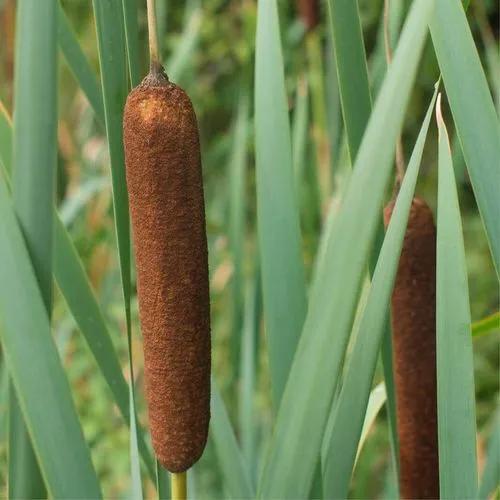Growing in the tropical regions of southeast Asia, Chinese Evergreens are both very unpretentious and attractive. It will become a great addition to any interior.
Chinese Evergreen Care
Aglaonema commutatum 'Crete'



Aglaonema is a herbaceous evergreen plant. The stem is fleshy short, and straight. The color of the leaves is determined by the plant's kind and may vary. Leaf plates are ovoid or lanceolate in shape and are thick leathery to the touch. Petioles, which can be long or short, connect them to the trunk.
The edge of the leaves is solid, while the plate is patterned, and on its front surface, there is a depressed midrib, while on the wrong side, it is convex.
How to Care for the Plant

Water

Water aglaonema with very soft settled water. Watering is done in copious amounts as soon as the top layer of the substrate dries. Watering is especially important in the spring and summer when the plant is actively growing. In winter, reduce the frequency of procedure and water only after the top layer of the substrate has dried off completely.

Pruning

As the stems of the Chinese Evergreen grow, they become bare. In this case, you can renew the plant by cutting off the top, powdering the cut with crushed coal, and drying it well. The cut part can be put in water for rooting.

Fertilizer

Aglaonema does not require any additional feeding during the winter. From the first spring days to the last summer days, the plant should be fed once every two weeks, with mineral fertilizers and organics alternated.

Sunlight

Aglaonema tends to grow in shaded areas in the wild. When grown at home, Chinese Evergreen requires partial shade. If the foliage is exposed to direct sunlight, it may get burnt.

Soil

The soil for Chinese Evergreen should be light, loose, and pass water well. The mixture is made up of leafy soil, peat, and sand (2:1:1) with the addition of crushed charcoal. The following composition is also possible: 1 part of peat, 1 part of leafy soil, 1 part of light soddy soil, and 2 parts of sand. The plant also grows well in hydroponics.

Propagation

Aglaonema propagates by seeds, cuttings, and separation of daughter plants. Propagating aglaonema is quite difficult, as it grows slowly.
The easiest way is to divide the bush during transplantation, separating well-rooted shoots with 3-4 new leaves.

Temperature

In summer, the plant feels great at a temperature of 68-77°F (20-25°C), while in winter it should not drop below 60°F (16°C).
Protect the plant from drafts because they can kill it. Also, the flower reacts negatively to sudden changes in temperature.
Container

Aglaonema is a plant with a shallow root system, so prefer a pot that is not too large. The too big planter will make the plant put most of its resources into growing roots to occupy all the available space. Thus, your aglaonema won’t have any energy to grow rapidly and bloom.
When selecting a pot for aglaonema, keep in mind the importance of creating a thick drainage layer.
Fun fact

In the blockbuster ‘Léon,’ the Aglaonema is a reoccurring theme. The eponymous character cherishes it as his favorite houseplant. And Mathilda gives the plant a new start towards the end of the movie.

Popularity

3,523 people already have this plant 1,199 people have added this plant to their wishlists
Discover more plants with the list below
Related articles






